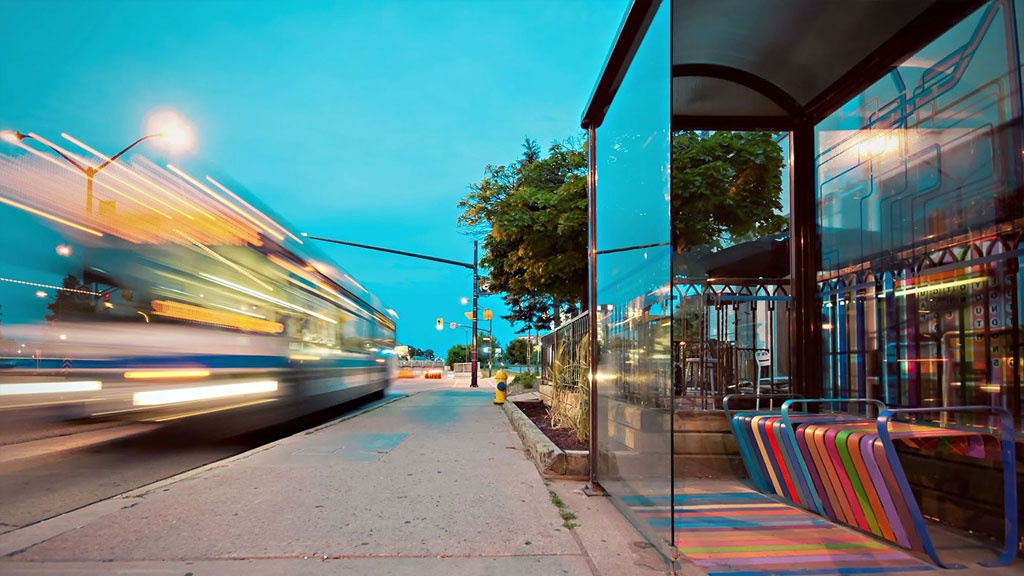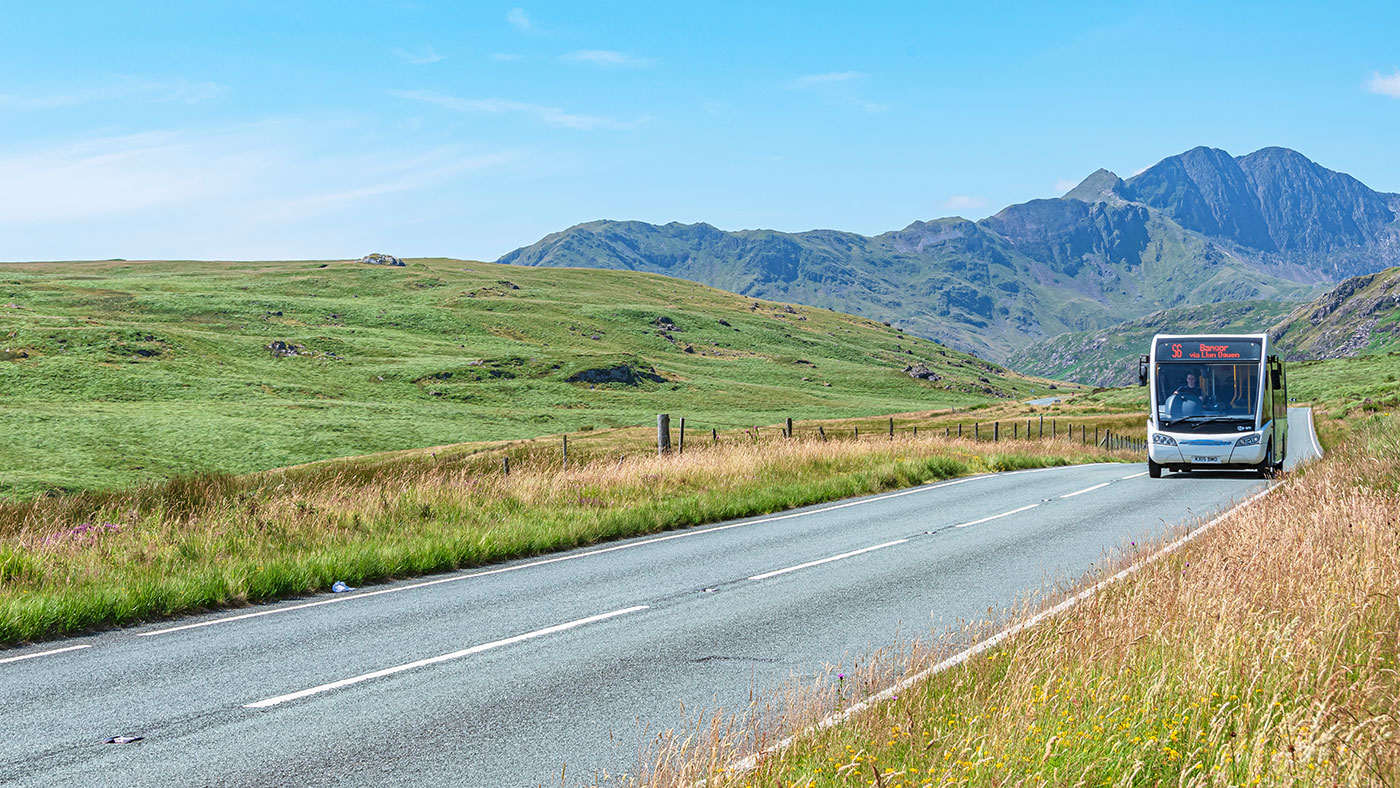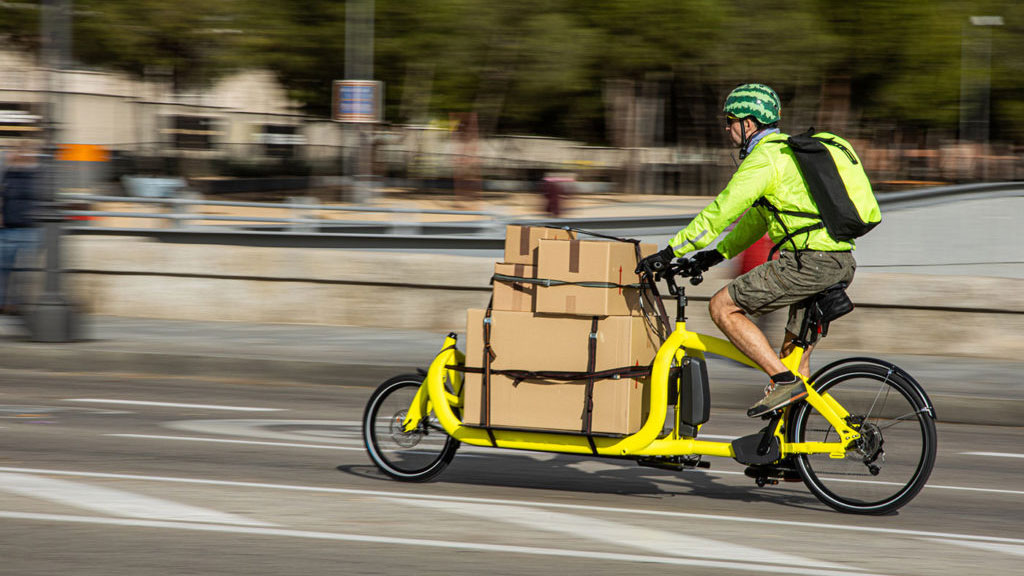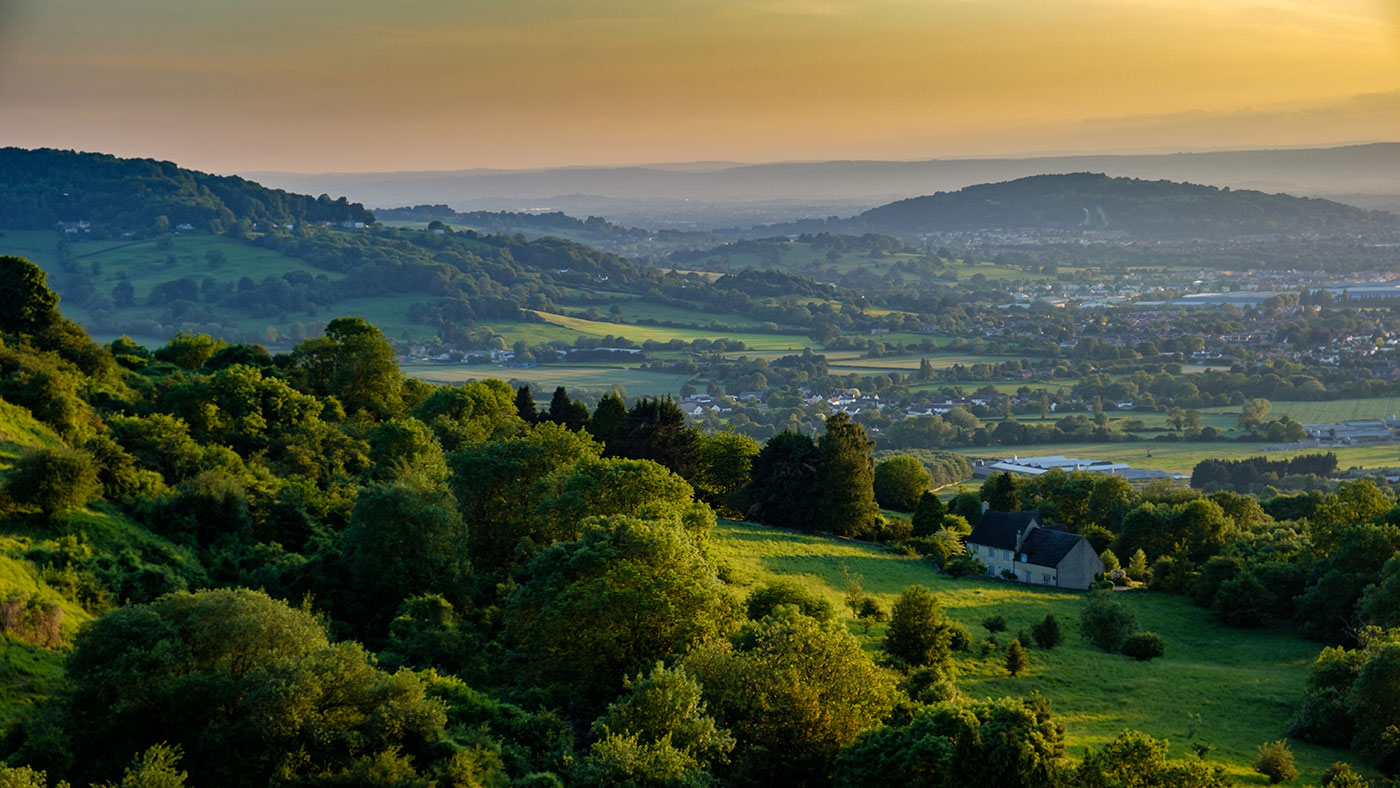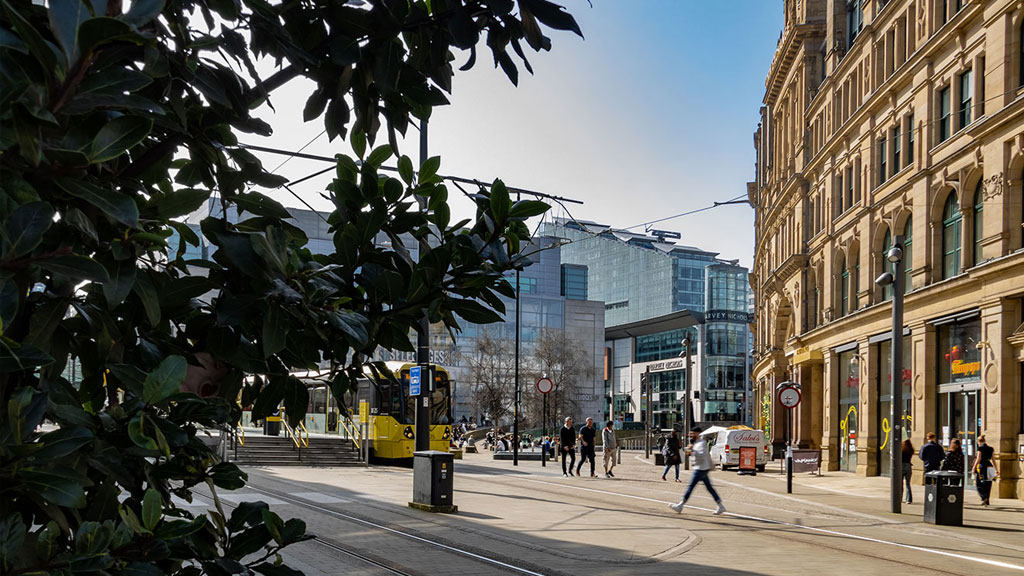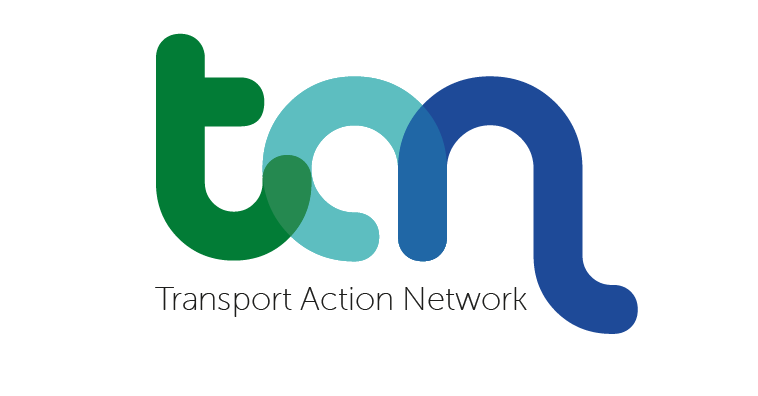It’s time to talk about the future
Why we need a Low Traffic Future
A low traffic future is one in which children can play in the streets, where neighbours can socialise, and young and old alike can get out and about easily, without needing to drive everywhere.
It is a world with cleaner air, safer streets, excellent public transport networks, great walking and cycling provision. It would be good for our health and that of our streets and communities, our economy and our environment.
The Benefits of Reducing Traffic in England
There is a lot to be gained for reducing traffic on our roads. It isn’t just about easing congestion—it’s about creating healthier, safer, and more prosperous communities for everyone. Here are some of the key benefits of a low-traffic future:
Lower Transport Costs
Owning and running a car is expensive. By reducing reliance on private vehicles, households can save thousands of pounds each year on fuel, insurance, maintenance, and parking. Investing in public transport, walking, and cycling infrastructure provides more affordable travel options, helping families and individuals cut costs while staying connected.
A low-traffic future is a better future—for our health, our economy, and our communities. Let’s work together to make it happen.
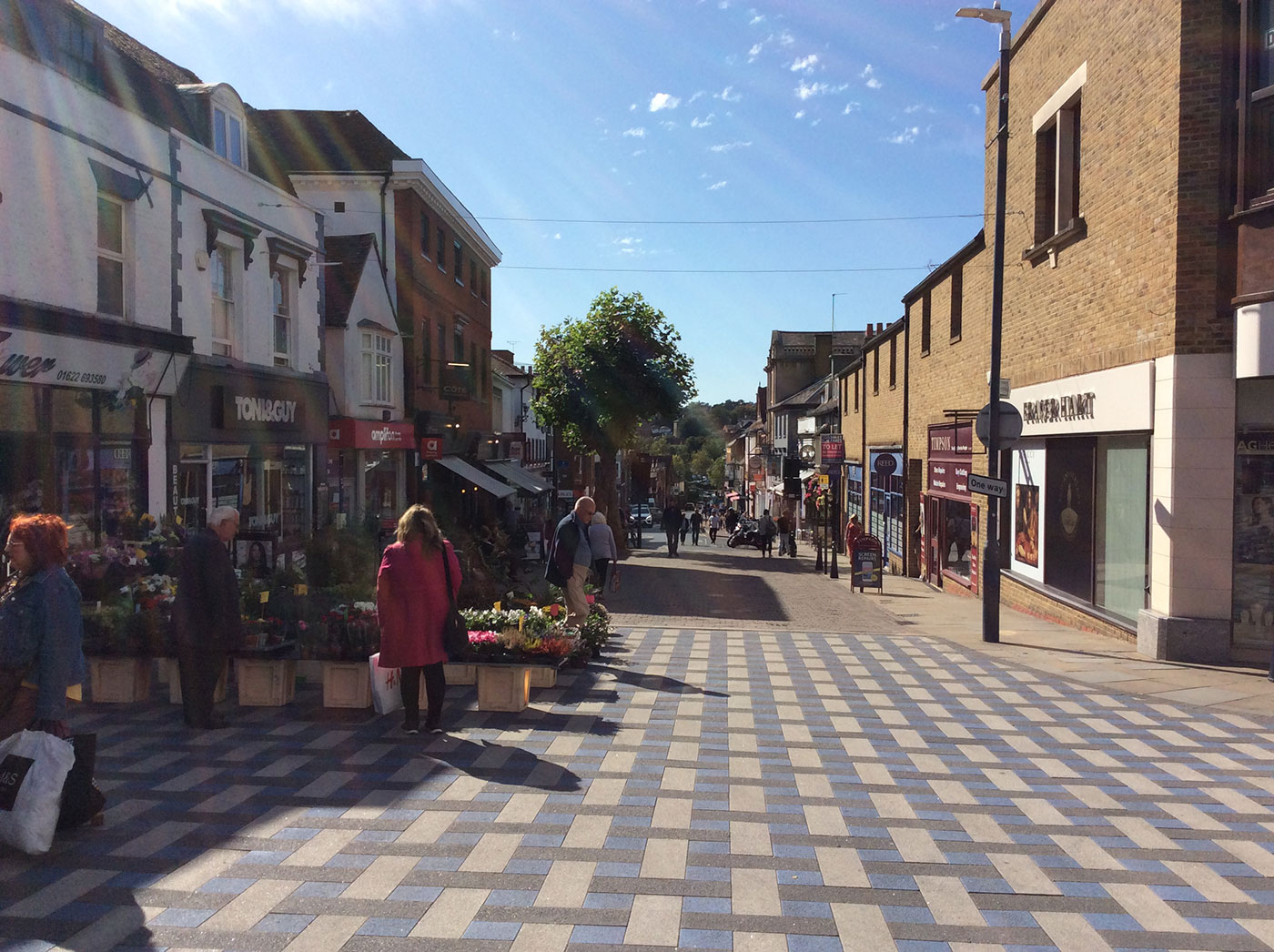

Stronger Local High Streets and Businesses
Traffic-free and low-traffic areas boost local economies by making high streets more attractive places to visit. Studies show that people who walk or cycle to shops tend to spend more money over time than those who drive. When roads are safer and more pleasant, businesses see more foot traffic, and communities become more vibrant, benefiting everyone from independent shops to larger retailers.
More Independence for Our Children and Older Citizens
With less traffic on our roads, our streets become safer and more inviting for people of all ages. Children can walk or cycle to school without the constant fear of dangerous traffic, giving them more independence and an active lifestyle. Older citizens also benefit from safer crossings, quieter streets, and improved public transport, allowing them to maintain mobility and social connections without relying on cars.

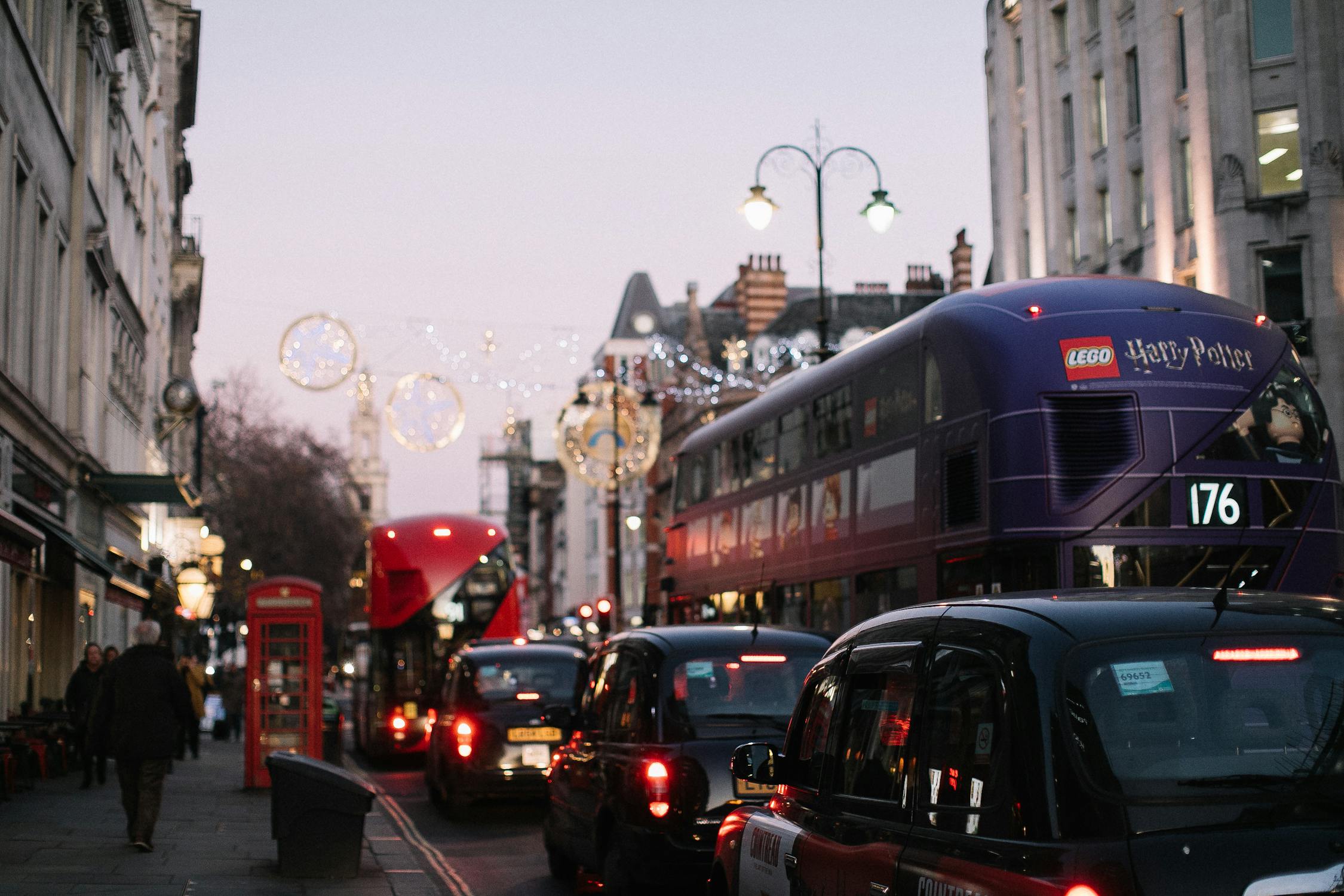
Faster Journeys for Those That Need to Drive
Traffic reduction doesn’t mean banning cars—it means prioritising road space for those who need it most. By enabling more people to walk, cycle, or use public transport, we reduce congestion for essential car journeys. This means emergency services, delivery drivers, and those who rely on cars for work or accessibility reasons can reach their destinations more quickly and efficiently.
Better Health and Cleaner Air
Fewer cars mean less air pollution, which directly improves public health. Cleaner air reduces respiratory illnesses like asthma, making life better for children, older adults, and those with existing conditions. Additionally, lower traffic encourages active travel, leading to healthier lifestyles with lower risks of obesity, heart disease, and mental health issues. Safer roads also mean fewer collisions, preventing injuries and saving lives.

The Costs of Traffic in the UK
How we get there
How we get there
To achieve a Low Traffic Future we need a holistic view of transport across our nation. Here’s a snapshot of our thinking.
